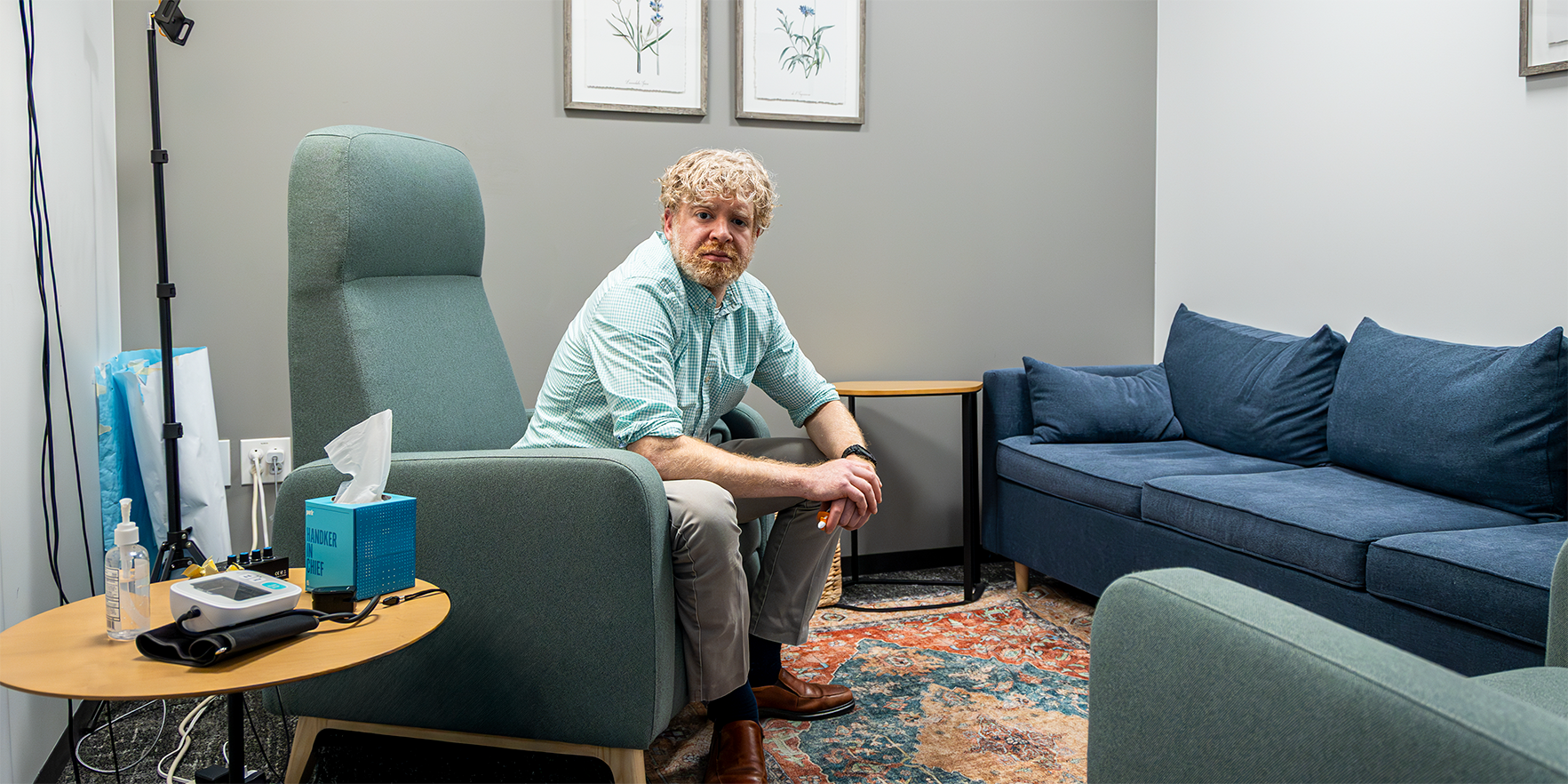What are the driving factors behind this epidemic?
It has to do with multiple things. First, syphilis is a great imitator, so a lot of people don’t even realize they have it. It can cause no symptoms. It can cause lots of different things that may never be on your list of things to get tested for, including rashes. Similarly, clinicians often don’t think about it either. So, that’s part of it – patients not thinking they’re at risk and then the clinicians not thinking the patient is at risk.
We know that a fair number of individuals are underinsured or don’t have consistent access to medical care. And for any disease – but especially for something like syphilis, which can masquerade as different things – lack of access adds to that level of lack of detection. Also, the pandemic really did a number on all our resources. The public health resources that would’ve been dedicated toward getting people treatment (for syphilis) have been slow to get back to pre-pandemic levels. So, it’s kind of a perfect storm of all these things that are contributing to this. The biggest thing, really, is the lack of awareness that this is an issue.
What about screening methods: Is it a case that the screening methods are available but just aren’t being implemented?
The screening methods have been there for a long time. Not all clinicians are very comfortable with talking about people’s sexual health or sexual histories. And there are sometimes assumptions made about people that are inaccurate. On the other side, patients may not be comfortable talking about it either, unless it’s in a very defined manner like, ‘OK, I have to ask this because somebody told me.’ I understand some people think it’s weird to talk about their sexual health, but it shouldn’t be. It’s part of their overall health, and with medical professionals, we should be a safe space to be able to talk about these things or ask questions without judgment.
What are the symptoms of syphilis?
Syphilis has different phases and depending on the phase you’re in, you might have different symptoms. In primary syphilis, you may not have symptoms at all, or you could develop a sore, but it doesn’t hurt. It’s usually in the genital region, but it can occur in other places as well. It can sometimes affect your eyes or throat, and if they’re little shallow skin lesions, they often don’t hurt much.
In secondary syphilis, you can get a rash, but it’s often not itchy. It’s typically a flat rash or what we call macular. What distinguishes this from rashes we might get from allergies or other things is it affects the palms of your hands and the soles of your feet. There are viruses that can present that way, too, but rashes on the palms and feet is usually an indication of syphilis. Then you can get into tertiary syphilis and sometimes it presents with a change in mental status. People have memory loss or begin to act kind of strange. Usually, this means the syphilis is a bit more advanced.
In later stages, it can certainly affect the brain and your aorta, which is one of the big vessels in your chest. It can weaken the vessel walls and cause aneurysms.
How is syphilis treated?
Penicillin is considered the treatment of choice. And typically, it’s an intramuscular dose. Depending on where you are in the phases of syphilis, you may get anywhere from one to three shots a week apart. If it’s more serious where your blood vessels or brain is potentially affected, or your cerebral spinal fluid is involved, you will need intravenous medications.
It's mostly transmitted through sexual contact, correct?
Yes, but also congenitally. Here in Colorado, there have been a lot of congenital cases with awful outcomes where the baby dies or has severe impacts from the infection. So it’s important for pregnant persons to get screened during different phases. And the sad thing is that just because you’ve had it once doesn’t mean you can’t get it again. You can get infected over and over again – even after treatment. This is where the health department is incredibly crucial in terms of helping identify partners that also might be infected so they can be offered treatment as well.
Of the syphilis cases nationally, it’s been reported that cases in women are surpassing those in men. What’s behind that?
I think that’s part of lack of symptoms, lack of fully appreciating what the symptoms might be, and not necessarily always asking questions about your partner. Or they just don’t know. The sad thing is that there’s such a stigma still associated with this.
Gay and bisexual men make up 40% of primary and secondary syphilis cases. What’s contributing to this group still being hard hit by the disease?
Nowadays, unless you choose to not go on therapy or don’t have access to care, people don’t die from HIV in the United States. That’s a big shift from what happened in the ’80s and ’90s where people were devastated by AIDS. And so, there’s this generation that’s never seen somebody die of HIV. So, we have to remind people all the time, ‘Just because you didn’t get HIV doesn’t mean you can’t get syphilis or gonorrhea or herpes, or other things that are sexually transmitted.’
Certain populations – such as Indigenous, Pacific Islander and Black communities –are being disproportionately affected by syphilis. Can you explain the population inequities?
If you look across the population, who has less access? Those groups, unfortunately, historically and at present, often have less health literacy and less access to care. And then, sort of flip it a little, for those who do have health literacy and access, there is some level of distrust, which is probably not completely unwarranted, especially around the topic of syphilis with the Tuskegee study that happened not that long ago. This can be a hot button when you bring it up. And it should be. You can see why people don’t want to go see the doctor. They don’t always trust us. And I’m not sure that we’ve done a good enough job, obviously, to reverse that sentiment.
Why did the Colorado Department of Public Health and Environment take the step of issuing a public health order targeted at congenital syphilis cases?
The public health order went into effect because in the first three months of the year, there were more cases than they’d seen the year before, and there was concern that there wasn’t enough awareness. A lot of individuals who were being impacted by syphilis were accessing care in what we call non-traditional fashion. They might show up in the ER or an urgent care for unrelated reasons. Say, for example, somebody comes into the ER with a broken arm and they’re pregnant. That might be the only time you can test them (for syphilis) because they may not be back in the hospital again until they deliver. So, the health order was really trying to rethink ‘Where can we meet patients where they are?’
Another complication with the current epidemic of congenital syphilis is the shortage of benzathine penicillin G. Do you know what’s causing the shortage?
It’s been like whack-a-mole for the last 10 years. Ever year there’s something that you don’t expect is suddenly out. And especially in the world of antibiotics where you’re like, ‘Who’s using all the penicillin? How did we get a shortage?’ Most of the manufacturing plants for BPG, which is a generic, are not in the United States. A good proportion of penicillin producer companies are in the Caribbean, and they’ve had hurricanes and other disruptions to their production. And so we get into these situations where we have shortages – it’s all a part of the perfect storm.
This interview was edited for length and clarity.





